I've got a problem with doing a specific graph in Bosun. This graph should contain hosts with the highest memory usage in percentage, but I can't find any usable metric to do that. Of course I have os.mem.used just like os.mem.percent_free, but for me it isn't quite helpful. I thought of grabbing two series from query, just like for the alerting: total number of moemry and used one, divide used by total and multiply it by 100.
The problem seems to be that I can't divide series, so the last chance is to write my own metric by greping and awking free command in Linux.



